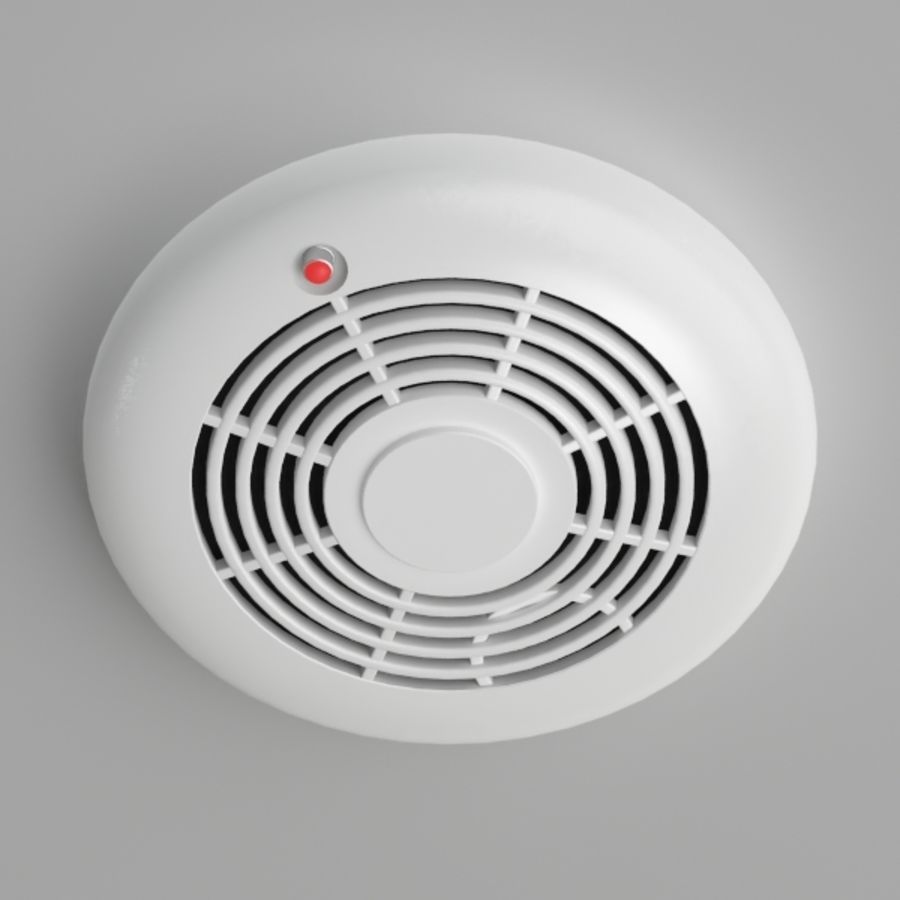Does your home have carbon monoxide monitors? If not, you and your family are genuinely at risk. Carbon monoxide is known as a “silent killer,” and tens of thousands of homeowners are poisoned by it – or die – in their own homes. Fortunately, carbon monoxide is easy to detect, and a professional carbon monoxide alarm installation company can help ensure proper placement of the detectors.
Why is carbon monoxide so dangerous?
Carbon monoxide (also abbreviated as CO) is a common gas with many. Exposure to small amounts of CO is not harmful, but over time it builds up in the bloodstream, preventing your blood from carrying the oxygen you need to survive. The more CO a person breathes, the worse the poisoning becomes until their bodies are unable to process enough oxygen to keep going.
What makes CO so deadly is that it is colorless and odorless and mixes readily with the air in homes. In other words, if there is CO in your air, you will be breathing it without even knowing it.
What are the symptoms of carbon monoxide poisoning?
The most common symptoms are dizziness, headaches, shortness of breath, nausea, confusion or other mental disorientation, or fainting. If anyone in your family shows these symptoms, they should be immediately relocated outside to fresh air. If the symptoms then clear up quickly, that’s a sure sign that there’s a major CO leak in your home.
Then you should contact a doctor for further advice and treatment.
How does carbon monoxide get into a home?
There are numerous sources for CO within a typical home, including:
- Wood stoves or fireplaces
- Charcoal or gas barbeques
- Catalytic chemical heaters
- Heaters running on natural gas or kerosene
- Any devices powered by gasoline or diesel, such as generators or pumps
- Non-electric motor vehicles
In particular, it’s important to never leave a gasoline vehicle running in the garage with the door down. Car exhaust contains high levels of CO, and with the door closed it can quickly build up to dangerous levels.
How does carbon monoxide alarm installation help?
CO alarms work just like smoke alarms – they sit passively but are triggered whenever they detect a dangerous level of carbon monoxide. When placed near common sources of CO, they can truly save lives.
To learn more, contact Riowell and ask about our carbon monoxide alarm installation services!

